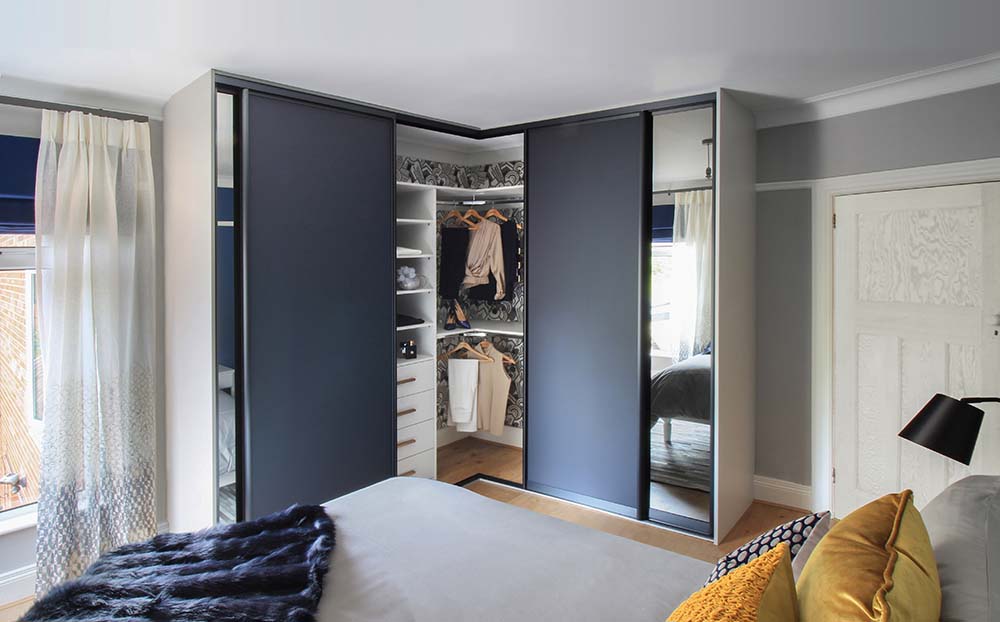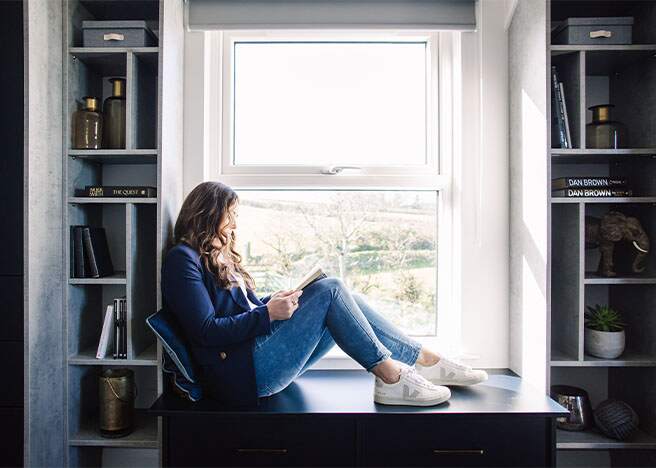
Blog
Fitted furniture vs free-standing furniture - which is right for you?
When it comes to furnishing your home, one of the biggest decisions you will make is whether to choose fitted or freestanding furniture. Each option has its own benefits and drawbacks, and the decision ultimately depends on your personal preferences and needs. In this blog post, we will explore the pros and cons of both fitted and freestanding furniture to help you make an informed decision.
Fitted Furniture
Fitted furniture refers to custom-built furniture that is fixed to the walls or floor of a room. This is the type of furniture we specialise in at Sliderobes and is made to measure and designed to fit seamlessly into a space. Fitted furniture can be built to suit any room, from bedrooms to living rooms and even home offices.
Pros:
- Maximises storage space: Fitted furniture is designed to fit perfectly into the available space, which means it can make the most of every inch of a room. This is particularly beneficial in smaller spaces where storage can be a challenge.
- Customisable: Fitted furniture is completely customizable, so you can design it to meet your exact needs and preferences. This means you can choose the style, materials, and finishes that best suit your taste.
- Can add value to your home: Fitted furniture can add value to your home as it is seen as a desirable feature by potential buyers.
Cons:
- Cost: Fitted furniture is typically more expensive than freestanding furniture as it is custom-built to fit a specific space and made to last. The cost can vary depending on the materials used and the complexity of the design. However, you won’t have to pay to replace fitted furniture and Sliderobes offers finance options to make the cost more manageable.
- Not portable: Fitted furniture is fixed in place, which means it cannot be moved if you decide to redecorate or move house. This can be a drawback if you like to change your décor frequently.
Freestanding Furniture
Freestanding furniture refers to furniture that is not fixed to the walls or floor of a room. This type of furniture can be moved and rearranged as needed and is typically available in a wide range of styles and designs.
Pros:
- Affordable: Freestanding furniture is generally less expensive than fitted furniture as it is mass-produced and does not require custom building.
- Portable: Freestanding furniture can be moved around a room or even taken with you if you move house. This gives you more flexibility in terms of décor and layout.
Cons.
- Takes up more space: Freestanding furniture is often bulkier than fitted furniture, which means it can take up more floor space. This can be a drawback in smaller rooms.
- May not maximise space: Freestanding furniture is not designed to fit perfectly into a space, which means it may not make the most of every inch of a room.
- Can look mismatched: If you choose a mix of freestanding furniture pieces, they may not match perfectly in terms of style or finish. This can create a less cohesive look in a room.
So, which is better: fitted or freestanding furniture? We’re obviously a bit biased towards fitted furniture but the answer ultimately depends on your personal preferences and needs.
If you value customisation and storage space and don't mind spending more for added quality, fitted furniture may be the best option for you. If you prefer flexibility and affordability and don't mind sacrificing a bit of storage space and quality, freestanding furniture may be the better choice. Ultimately, the decision comes down to your lifestyle, budget, and design preferences.If you’re still undecided and want to find out more about how fitted furniture could work in your home, you can book an appointment with one of our designers here. It’s free and no obligation.




